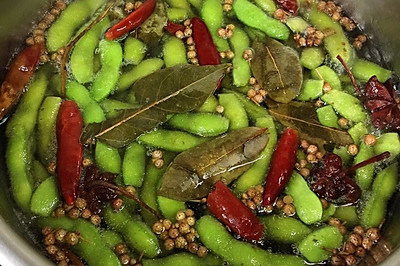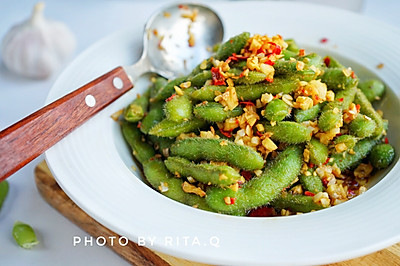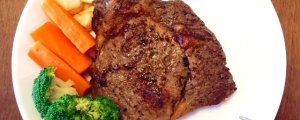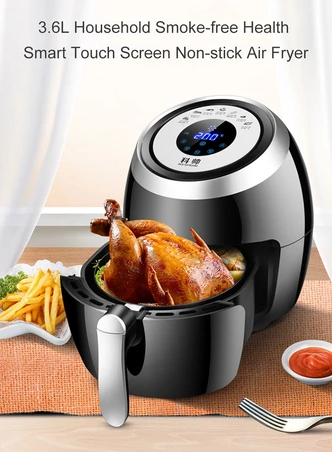
Caterpillar (Dousha version)
(104559 views)
The caterpillar bread with bean paste is slightly sweet, lovely and delicious.
Cooking ingredients
Cooking Steps

Step1:High powder. Milk. Salt. Add directly into the noodle barrel.

Step2:Yeast in the opposite corner of the salt.

Step3:Egg separation. Add only protein.

Step4:The yolks are in reserve.

Step5:When mixing noodles, wrap the yolk in a fresh-keeping bag or film and put it in the refrigerator for standby. It's easy to harden when standing at room temperature.

Step6:Mix evenly at low speed, then mix at medium and high speed for 810 minutes.

Step7:Butter softens at room temperature after weighing.

Step8:When the time for the first dough mixing is up, tear the dough into small parts. Then add the softened butter. Continue to mix the dough at medium and high speed for 1015 minutes, until the film comes out.

Step9:The dough is very smooth.

Step10:Wrap it with plastic wrap and ferment for the first time.

Step11:It's OK to ferment the dough to twice its size. Don't overdo it.

Step12:Just insert one finger. The dough doesn't shrink. It's fermented dough.

Step13:Take out the dough and exhaust. Then knead it into a smooth dough and wake up for 10 minutes.

Step14:In four equal parts.

Step15:Take out one part of the shape first. Cover the rest with plastic wrap. Knead the dough until smooth.

Step16:Roll it into a circle. The middle is thick and the edge is thin. Put 30g bean paste filling in the middle.

Step17:Close up. The way of wrapping the bun is OK. Whatever you want. Just tighten up.

Step18:It's like a cocoon or a chrysalis.

Step19:Flatten. Use the rolling pin to roll the long tongue. The movement must be gentle to prevent the bean paste from squeezing out.

Step20:The length is about the length of the mold.

Step21:Use a bread knife to make a uniform cut. Only cut the upper layer and expose the bean paste. Do not leak the lower layer.

Step22:Turn it gently. The blade is facing down.

Step23:Gently roll up from the side.

Step24:Roll it up in a long strip. The cut turns up.

Step25:Put in the mold. The rest of the dough will be put into the mold in turn. Leave a gap in the middle. This square mold is small. Put in three later. The remaining one will be installed in a separate mold. Of course, it can also be directly placed in a baking tray. (2 copies are made at the same time. It's convenient to bake at the same time. So the small mould selected can be directly used as the baking tray normally.

Step26:Wrap the plastic wrap and carry out secondary fermentation.

Step27:Mix the yolk with a wool brush. Preheat the oven 180 degrees.

Step28:Brush a layer of egg liquid on the surface of the fermented bread.

Step29:Mediu

Step30:

Step31:

Step32:

Step33:
Cooking tips:1. Do not over ferment the second dough. Over ferment will break the sliver. 2. Exhaust the dough carefully after the first hair, or it will break easily when rolling the dough. 3. After cutting, the rolled surface must be moderately elastic, not too tight, easy to break, not too loose, and easy to spread during fermentation. 4. When the rolled caterpillars are put into the baking tray in turn, the space between them must be opened to prevent them from being crowded together during fermentation. There are skills in making delicious dishes.
 Chinese Food
Chinese Food












